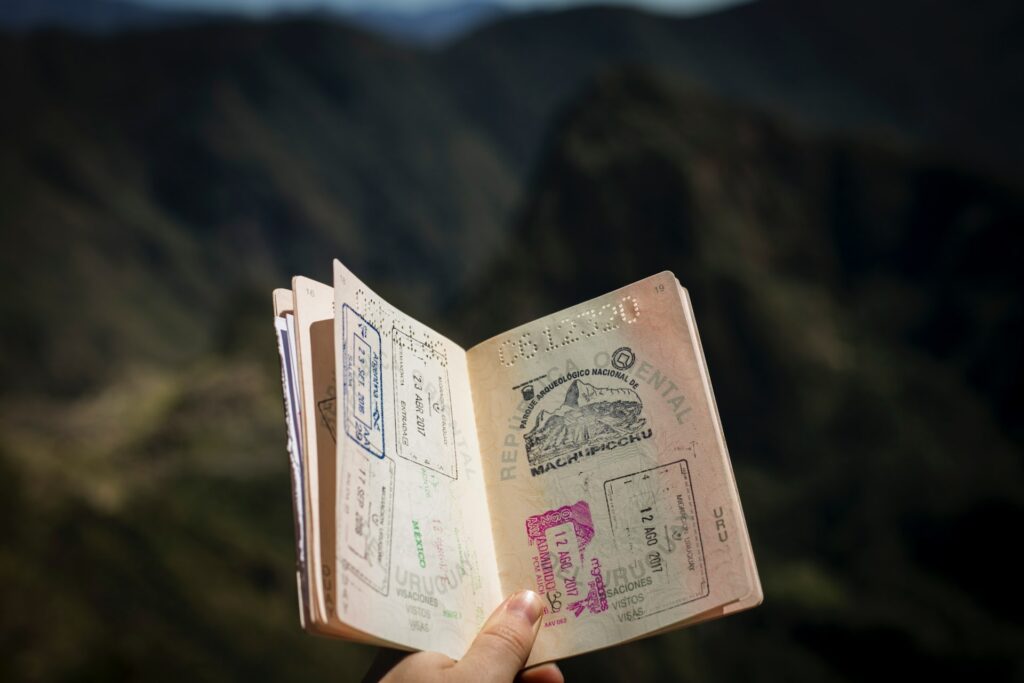
Being a digital nomad or freelancer comes with the freedom to work from anywhere in the world, as long as you have an internet connection. On the down side, one of the biggest challenges of this lifestyle is to successfully navigate the complex web of visa requirements for each country you plan to visit. In this article, I’m going to share with you some of the most common types of visas for digital nomads and freelancers, and what you need to know about applying for them.
Tourist Visa
A tourist visa is the most common type of visa for digital nomads and freelancers. This visa is usually valid for a short period of time and allows you to stay in a foreign country for tourism purposes. However, it’s important to note that working on a tourist visa is illegal in most countries.
- In some countries, such as Thailand and Indonesia, tourists can extend their visa once or twice for up to 30 days each time.
- In Australia, tourists can apply for an eVisitor visa online, which allows them to stay for up to three months for tourism purposes.
- In the United States, tourists can apply for a B-2 visa, which allows them to stay for up to six months for tourism purposes.
Business Visa
A business visa is suitable for those who plan to conduct business in a foreign country. This visa allows you to attend meetings, conferences, and engage in other business activities. However, it usually has restrictions on the duration of stay and the type of work you can perform.
- In the United Kingdom, a business visa is known as a Standard Visitor Visa and allows foreigners to stay for up to six months.
- In Canada, a business visa is known as a Temporary Resident Visa and allows foreigners to stay for up to six months.
Temporary Residence Visa
A temporary residence visa is suitable for digital nomads and freelancers who plan to stay in a foreign country for an extended period. This visa allows you to live and work in the country legally. However, the process of obtaining a temporary residence visa can be lengthy and requires documentation such as proof of income, health insurance, and a police clearance certificate.
- In Mexico, a temporary residence visa is known as a Residente Temporal and allows foreigners to stay for up to four years.
- In Germany, a temporary residence visa is known as an Aufenthaltserlaubnis and allows foreigners to stay for up to three years.
- In Japan, a temporary residence visa is known as a Specified Skilled Worker Visa and allows foreigners to stay for up to five years.
Working Holiday Visa
A working holiday visa is suitable for young digital nomads and freelancers who plan to travel and work in a foreign country for a short period. This visa allows you to work for a limited time while you travel, typically up to 12 months. It’s important to note that the requirements for a working holiday visa vary depending on the country you’re applying to.
- In New Zealand, a working holiday visa is known as a Working Holiday Scheme and allows foreigners to stay for up to 12 months.
- In Canada, a working holiday visa is known as an International Experience Canada visa and allows foreigners to stay for up to two years.
- In Ireland, a working holiday visa is known as a Working Holiday Authorization and allows foreigners to stay for up to 12 months.
